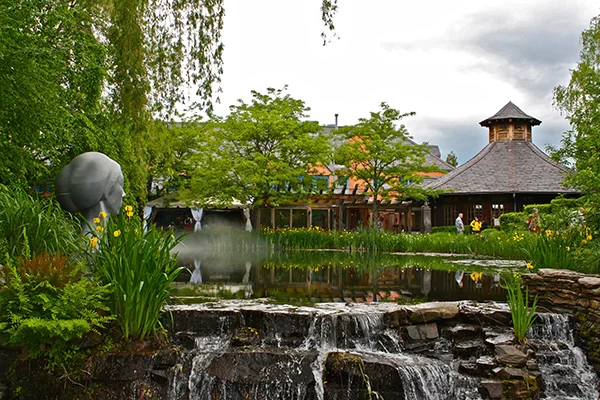Humans experience context through the five senses. As designers of context and, in turn, the human experience, architects plan spaces and erect buildings to alter these senses and create unique environments. It may be thought that designers are merely associated with visuals, while acousticians handle a space’s audio dynamics (Fowler), architects continue to grow more mindful of acoustic design in architecture, where openings are punctured and soundproof interior walls are positioned to direct the flow of sound through spaces. However, all acoustic design does not aim at a specific common goal; different spaces may possess their own unique qualities, where both design standards and traits of various soundscapes come into play.
Acoustic Design Standards
Acoustic design standards can include soundproofing of certain spaces such as reading rooms in libraries while also covering how efficiently and consistently sound travels through a room as in the case of a large auditorium.
Degree of Acoustic Quality
To achieve the right degree of acoustic quality in a room, one must consider a variety of factors:
● Form of the enclosed space
● Thickness of walls and separators, or, in the case of handling acoustics in interior design, the certain scientific properties of the material, such as its porosity.
Manipulating these factors creates a tailored environment which appeals to a user’s auditory perception, and may also be termed as a soundscape.
A soundscape most common to an individual may be of nature itself, where the complete experience of being part of it consists of sight, smell & sound. The soundscape of nature can be implemented within various design problems, such as for leisurely spaces as they instill a sense of relaxation within the user, as concluded from various studies (Cerwén).
The sound of leaves rustling may stir up feelings of comfort due to the reminder of the relief of experiencing a cool breeze or being sheltered by the shade on hot, sunny days. Hence, designers can take advantage of these sounds and the effects they produce to reap benefits such as assisting people in a negative mental state recover or prevent the onset of a negativity in the first place.
Sound Design in Architecture
Going with the increased awareness of sound design in architecture, interior designers allow subtle hints of nature to enter their space, or landscape designers guide users through relaxing green spaces surrounded by the bustle of city life (Pouya), creating holistic experiences within spaces that ultimately appeal to all of its users’ senses, evolving architectural design to allow for the creation of opportunities to shape the human experience as desired.
References
Cerwén G, Pedersen E, Pálsdóttir A-M. 2016; 13(12):1229.
Fowler, M. D. (2013). Design Studies, 34(1), 111–128.
Pouya, S. (2017). The Role of Landscape Architecture on Soundscape Experience. Turkish Journal of Forest Science, 1 (2), 183-193. DOI:
Photo by Sushil Laishram: https://www.pexels.com/photo/timelapse-photography-of-waterfalls-271160/

